The Croesus story, from Herodotus Book 1, Chapter 6-95 forms the basis for this introductory activity in the OpenLearn Herodotus Collection. We have selected a range of extracts from the Hestia Research project and other reliable sources, such as the BBC, British Museum and Metropolitan Museum of Art, to help you to explore where the saying ‘as rich as Croesus’ came from and to provide an opportunity for you to understand how the text of Herodotus can be compared with the archaeological record.
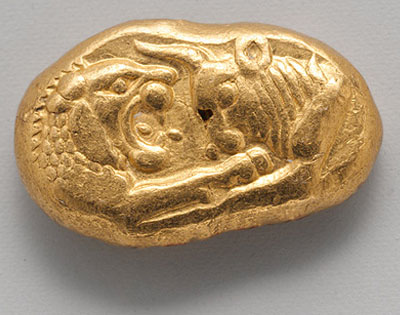 Gold coin of Croesus, from the Metropolitan Museum of Art
Gold coin of Croesus, from the Metropolitan Museum of Art
Herodotus tells us that Croesus, King of Sardis, ‘subjugated almost all the nations west of the Halys’. To gain an understanding of the extent of his power and style of ‘The Histories’ narrative, use the Hestia map ‘Place Detail’ to read the chapters in ten references to Halys.
Not only did he have an extensive empire, but Croesus was extremely wealthy, credited with issuing the first gold and silver coins. Sardis had rich mineral resources during the time of Croesus, including gold and silver, with evidence of a gold refinery near the Pactolus stream close to Sardis.
According to Herodotus, ‘They [the Lydians] were the first men whom we know who coined and used gold and silver currency; and they were the first to sell by retail.’
For 2,000 years the ancient civilisations of Egypt and the Mediterranean had not used coins, managing their trade and commerce with a variety of other methods for barter. The earliest coins were made from electrum, an alloy of gold and silver, found naturally in the rivers of Lydia (a region in Anatolia, modern Turkey). However, the actual value of an electrum coin could vary, due to its composition, and led to problems when trading.
Some of the first gold and silver coins (staters) minted by Croesus, have been found in votive deposits from the early temple of Artemis at Ephesus. They had lion and bull foreparts on the obverse, with incuse punches on the reverse. It was not until much later that a monarch’s head started to appear on coins.
These punches were meant to demonstrate the coin was electrum through and through, not just plated. The coins were worth exactly their weight, so if you packed the middle with a cheaper, heavy metal like lead, you'd be cheating the other party in a transaction.
Think about these four questions as you read the well-respected commentary on Croesus' life on the Livius.org website
1. Why does Solon not count Croesus as the "happiest" man of all? Who does he choose for this accolade instead, and why?
2. Why do you think, in Herodotus's view, Croesus fails in his pre-emptive strike against the Persians? Is he right to blame Apollo and the oracle?
3. In an alternative version of 'Croesus on the pyre', the poet Bacchylides has Croesus mount the pyre on his own volition, only to be rescued first by Zeus's rain shower and then by Apollo, who spirits him away to live with his daughters on account of his piety. You can read more about this on the Perseus project website.
4. Why do you think that Herodotus makes Cyrus, the Persian king, put Croesus on the pyre? And how else does his account differ?
More ideas for background reading
The BBC series, ‘A History of the World in 100 objects’, featured one of Croesus’ coins. Visit the BBC website to listen to a podcast and find out more about this remarkable innovation.
For a readable summary of Croesus and the Lydians in Sardis, visit the Metropolitan Museum of Art website.
The American Numismatic Society has a range of images and descriptions of the gold and silver coins found in Sardis.
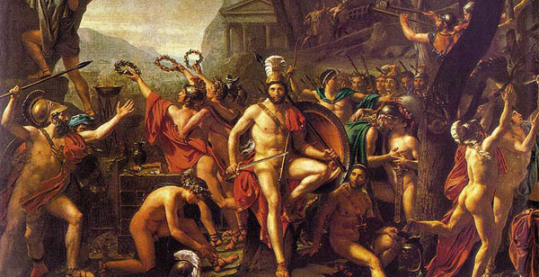
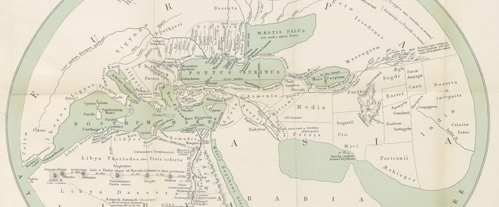
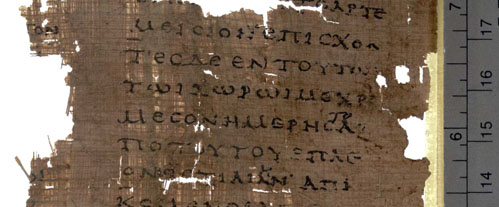
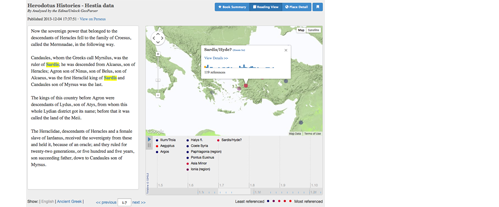
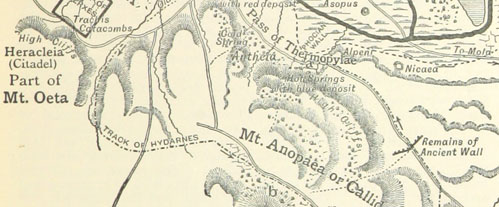
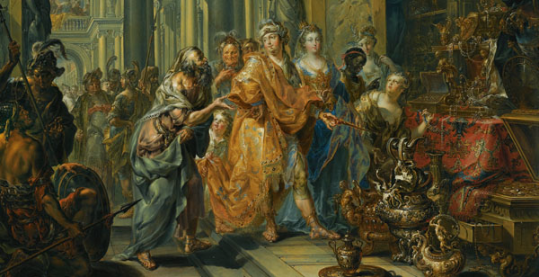
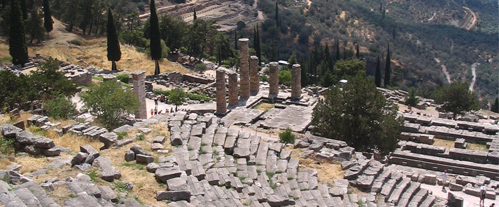
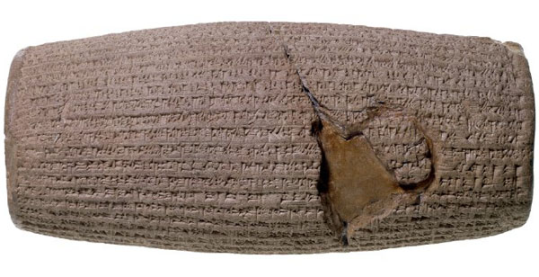
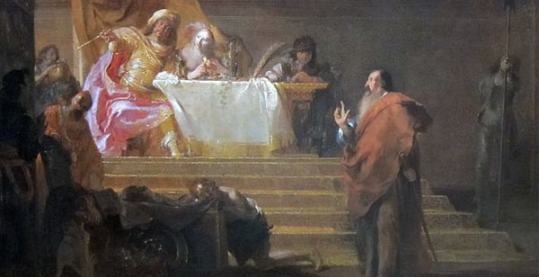
Rate and Review
Rate this activity
Review this activity
Log into OpenLearn to leave reviews and join in the conversation.
Activity reviews